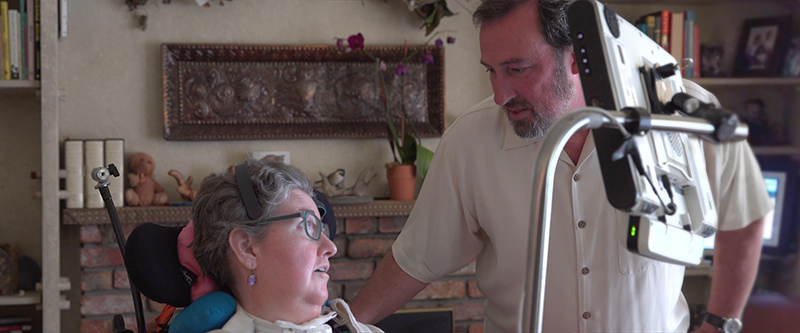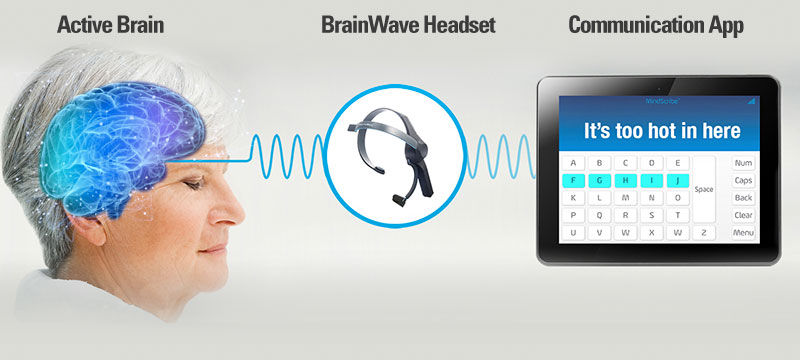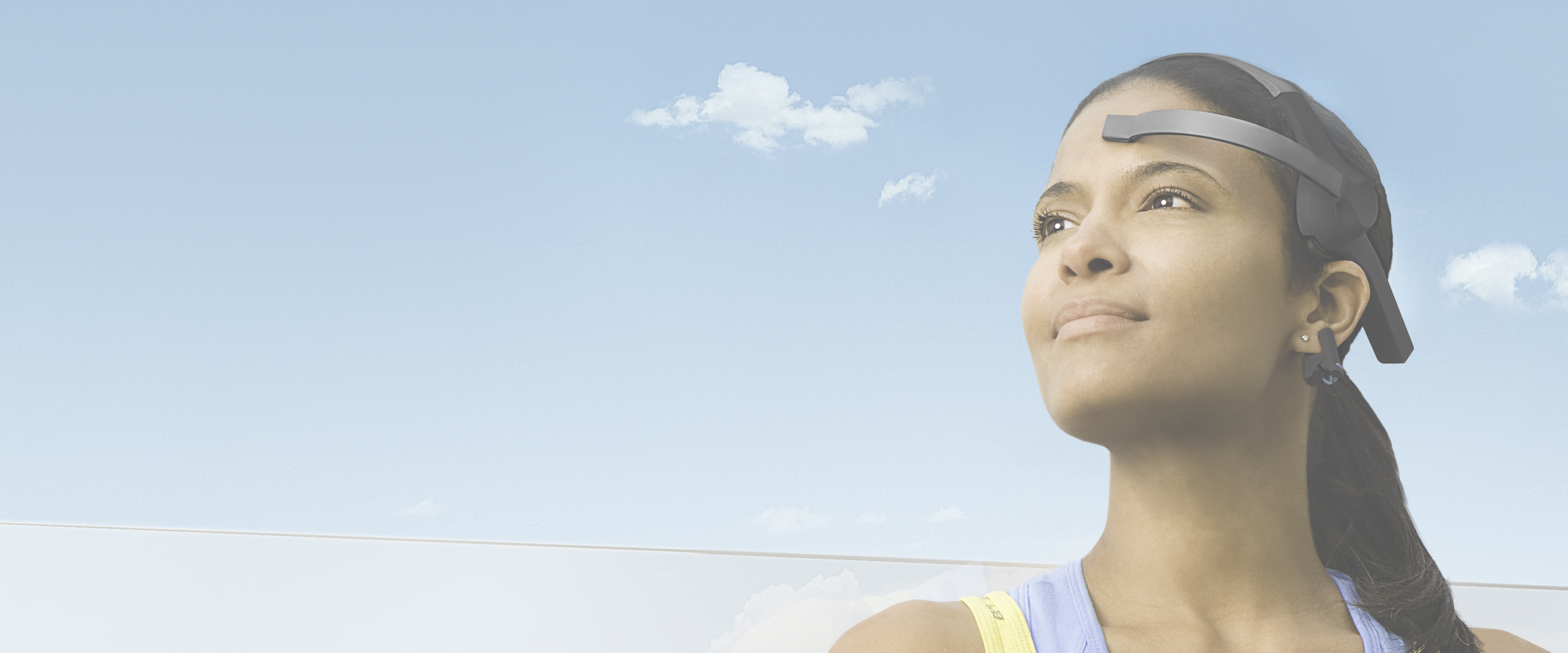
Becoming Dr. Strange: How EEG Headsets Bring Superpowers to Your Living Room
If you’re a fan of superheroes, odds are you’ve already been to the movie theatre to see Marvel’s latest blockbuster, Dr. Strange. In this movie, Stephen Strange unlocks the ability to manipulate the world around him by focusing his mind, and ends up saving the world in the process! What if we told you that… Read More»









